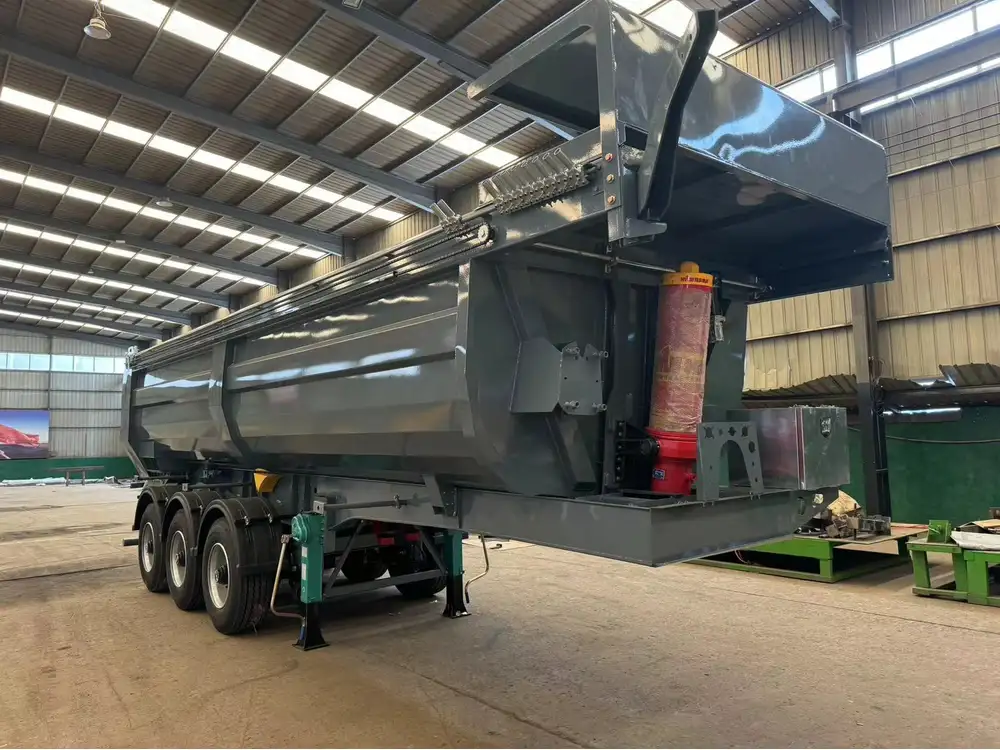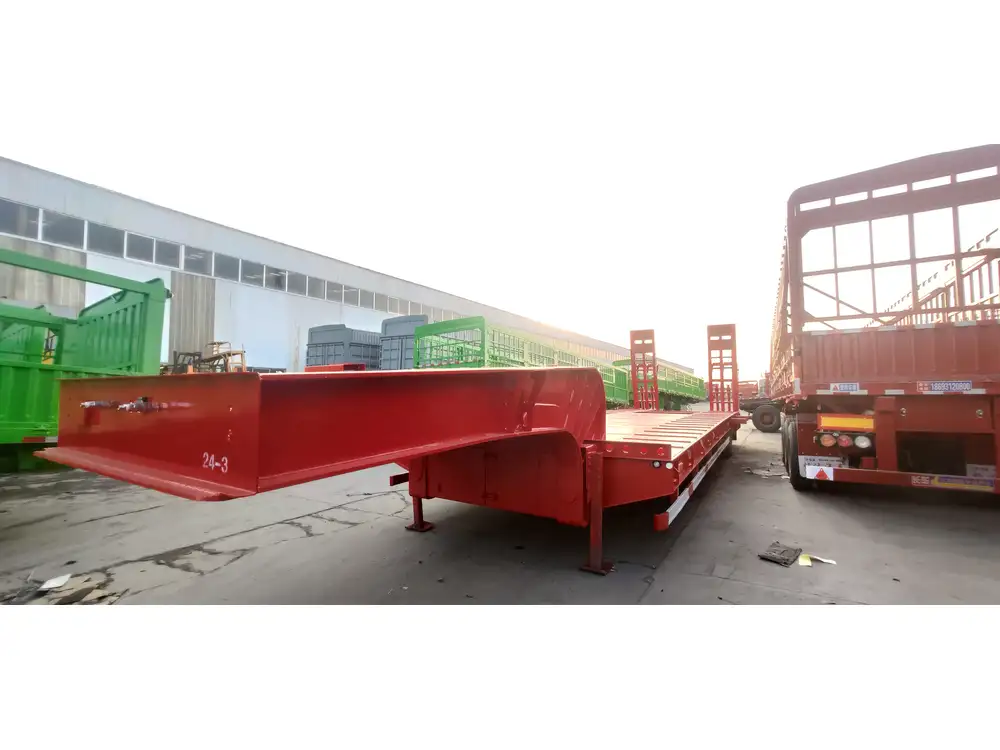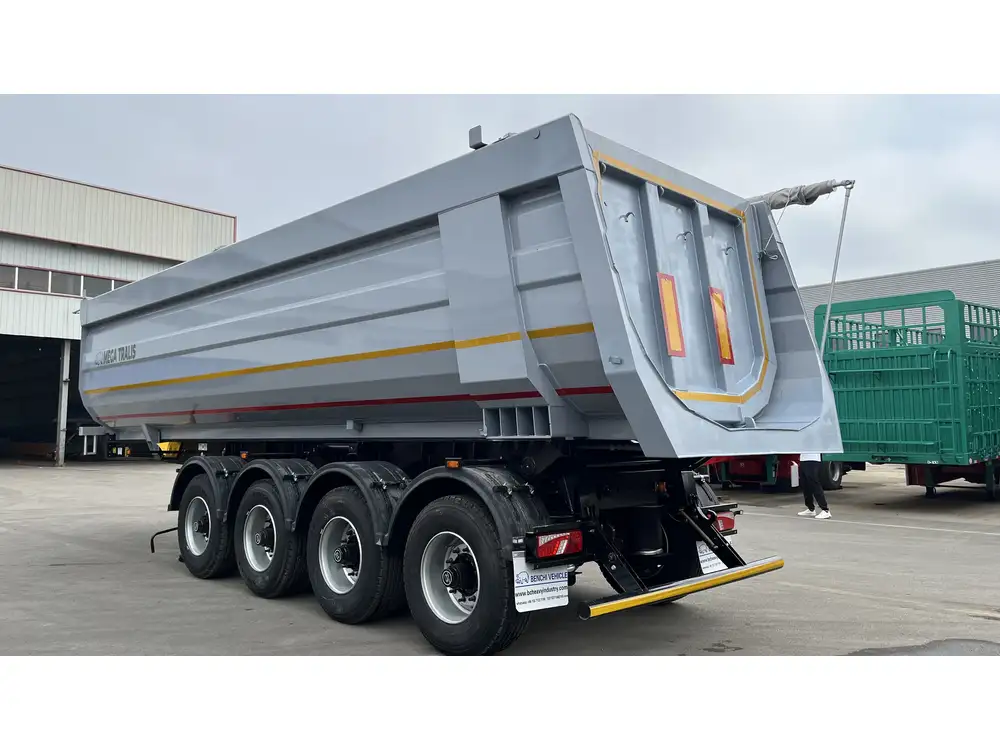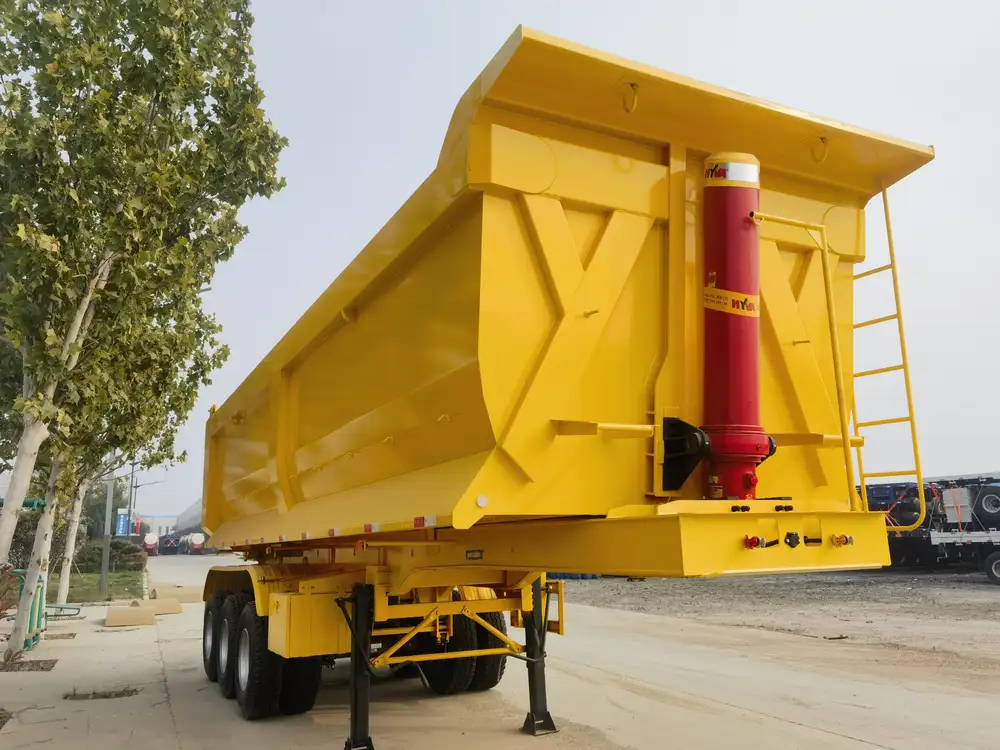Disconnecting a trailer from a semi-truck may seem straightforward, yet it requires a meticulous approach and an understanding of the components involved. Whether you’re an experienced truck driver or a novice operator, mastering this essential skill ensures safety and efficiency on the road. Below, we provide an exhaustive guide that breaks down the procedure into manageable steps, highlights safety measures, and offers troubleshooting tips.
Understanding the Components
Before delving into the disconnection process, it is crucial to familiarize yourself with the key components involved in coupling and uncoupling a trailer.
1. Fifth Wheel Coupling Mechanism
- The fifth wheel is a pivotal component that locks the trailer to the semi.
- Understanding its design helps identify how to release and secure it effectively.

2. Kingpin
- The kingpin is mounted on the trailer and fits into the fifth wheel.
- Its proper locking mechanism is essential for safe towing.
3. Safety Chains
- Always connect safety chains before towing the trailer.
- These chains provide backup security in case the fifth wheel fails.
4. Air Lines
- The air brake lines control the braking system of the trailer.
- Proper disconnection ensures that the air system is not compromised.

Step-by-Step Process for Disconnection
To ensure the process of disconnecting a trailer from a semi-truck is both effective and safe, follow these detailed steps:
Step 1: Prepare the Semi and Trailer
- Park on a Level Surface: Ensure the truck and trailer are on a flat, stable surface.
- Engage the Parking Brake: Activate the parking brakes of the semi-truck to prevent any movement during disconnection.
Step 2: Inspect the Connection
- Visual Check: Examine the coupling mechanism to confirm that everything is correctly aligned and locked before proceeding.
- Check Airlines: Make sure there are no visible cracks or leaks in the air brake lines.

Step 3: Release the Air Brake
- Disconnect the Air Brake Lines: Carefully uncouple the air lines attached to the trailer. Doing this first avoids any pressure build-up that could cause accidents.
- Secure the Lines: Use hooks or hangers to keep the disconnected air lines safe and clear from moving parts.
Step 4: Disengage the Fifth Wheel Lock
- Engage the Fifth Wheel Release Handle: Pull the release handle on the fifth wheel to unlock it. This can usually be found at the back of the cab.
- Verify Release: Ensure the lock is fully released. Test it by gently pulling forward on the trailer to check if it moves away from the fifth wheel.
Step 5: Lower the Landing Gear
- Crank Down the Landing Gear: Rotate the crank handle counterclockwise to lower the landing gear.
- Stabilization: Ensure the landing gear is fully lowered and in contact with the ground to support the trailer’s weight.

Step 6: Final Detachment
- Steer Away: Slowly move the semi-truck forward while observing the trailer in the mirrors.
- Complete Detachment: As the truck moves away, ensure the trailer remains stable and upright.
Troubleshooting Common Issues
Even the most seasoned drivers may face challenges during trailer disconnection. Here are common issues and practical solutions:
1. Fifth Wheel Will Not Release
- Pressure Check: Confirm that the air pressure has been adequately released.
- Manual Release: Engage the manual release if the automatic function fails.

2. Kingpin Sticking
- Lubrication: Apply lubricant to the kingpin and fifth wheel.
- Gentle Rocking: Move the truck slightly back and forth to help release the kingpin if stuck.
3. Landing Gear Problems
- Crank Failure: Check the crank mechanism if it does not lower the landing gear effectively.
- Inspect for Debris: Ensure there are no obstructions preventing the landing gear from functioning.
Safety Practices
Safety is paramount when disconnecting a trailer. Consider these practices:
- Always wear appropriate PPE (Personal Protective Equipment) including gloves and safety goggles.
- Ensure you’re not in the path of moving parts during the disconnection process.
- Communicate with any team members present; a simple shout or hand signal can prevent accidents.

Comparison Table: Manual vs. Automatic Disconnect
| Feature | Manual Disconnect | Automatic Disconnect |
|---|---|---|
| Ease of Use | Requires more effort | Push-button operation |
| Speed | Slower due to manual steps | Faster with automation |
| Training | More training required | Minimal training essential |
| Maintenance | Regular checks needed | Automated alerts for issues |
Conclusion
Learning how to disconnect a trailer from a semi-truck is a fundamental skill in the transportation industry. Following this detailed guide, from understanding crucial components to executing safe disconnection steps, ensures you maintain efficiency and safety on the road. With the right knowledge, experience, and practices, you will navigate the process smoothly, minimizing risks and potential accidents.
5 Useful Tips to Remember
- Always Inspect Before Disconnecting: A quick visual and functional check can save time and hazards later.
- Stay Aware of Your Surroundings: Being alert during the disconnection process is essential.
- Communicate with Your Team: Signaling can help coordinate the procedure safely.
- Keep the Equipment Well-Maintained: Regular checks and servicing of the semi-truck and trailer are vital.
- Practice Makes Perfect: Perform these steps under supervision until you feel confident.
By integrating these components into your disconnection protocol, you not only ensure your safety but also enhance the operational efficiency of your transportation endeavors. Embrace these strategies and reinforce your expertise in the essential skill of trailer disconnection.



